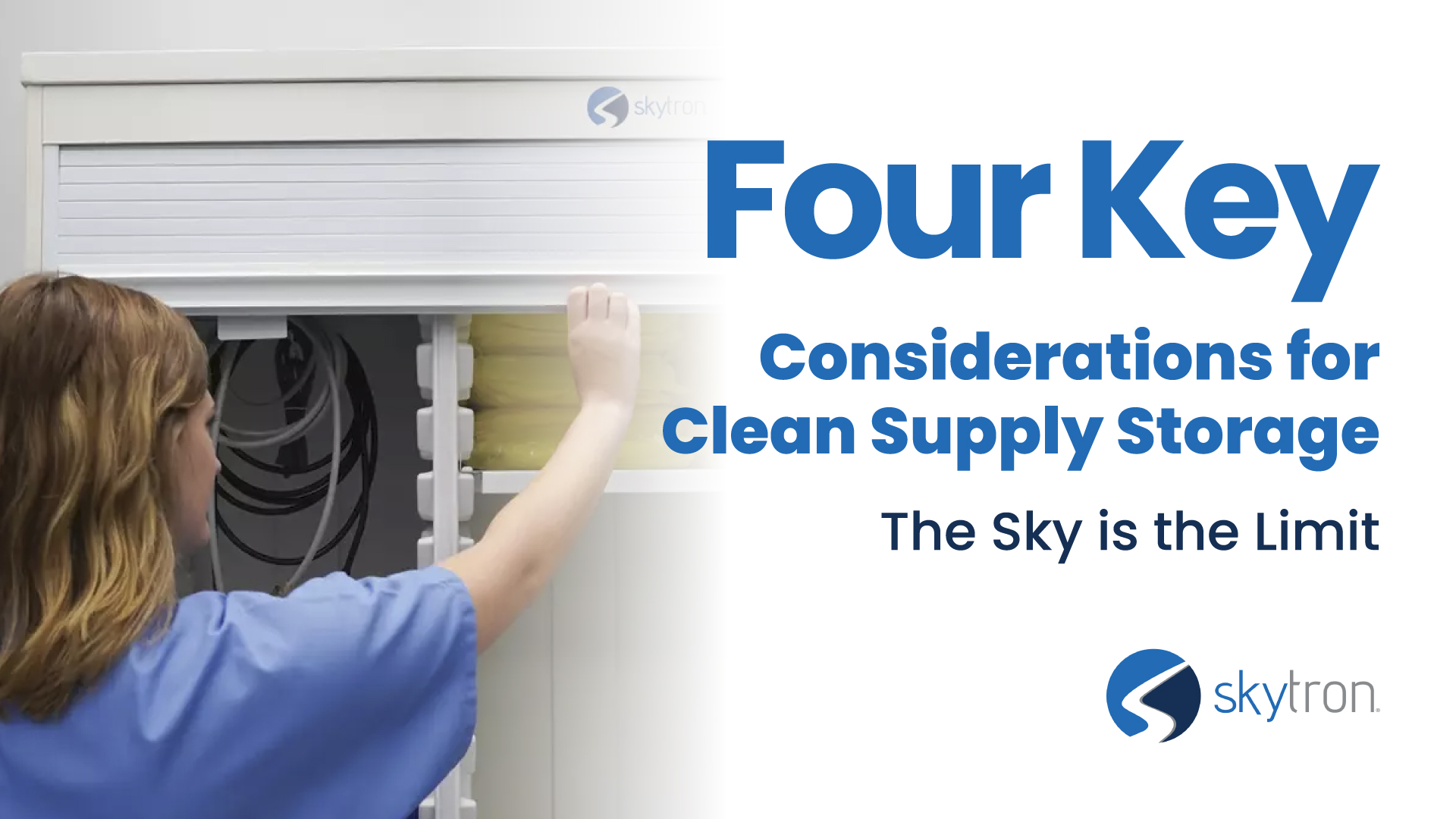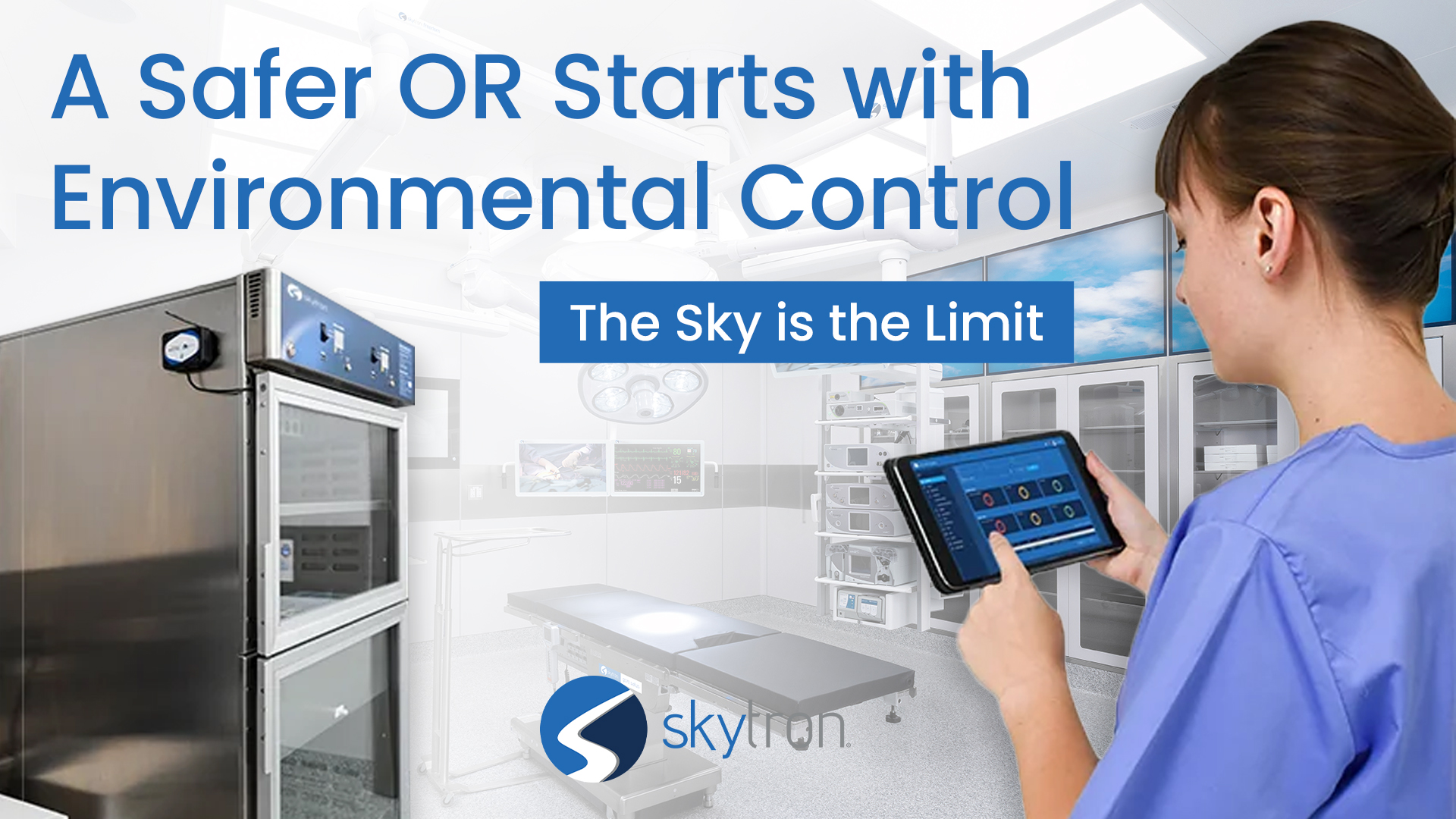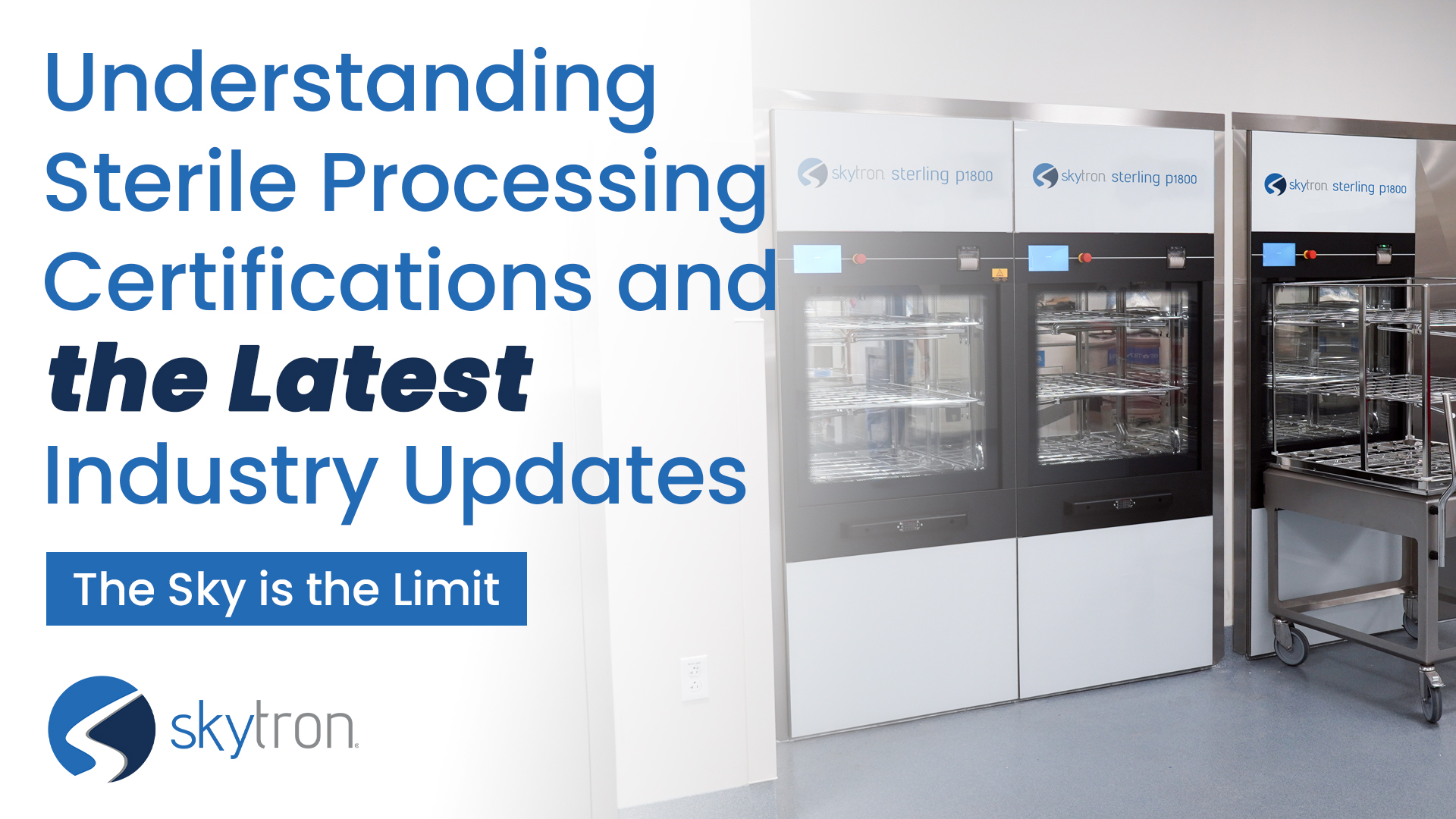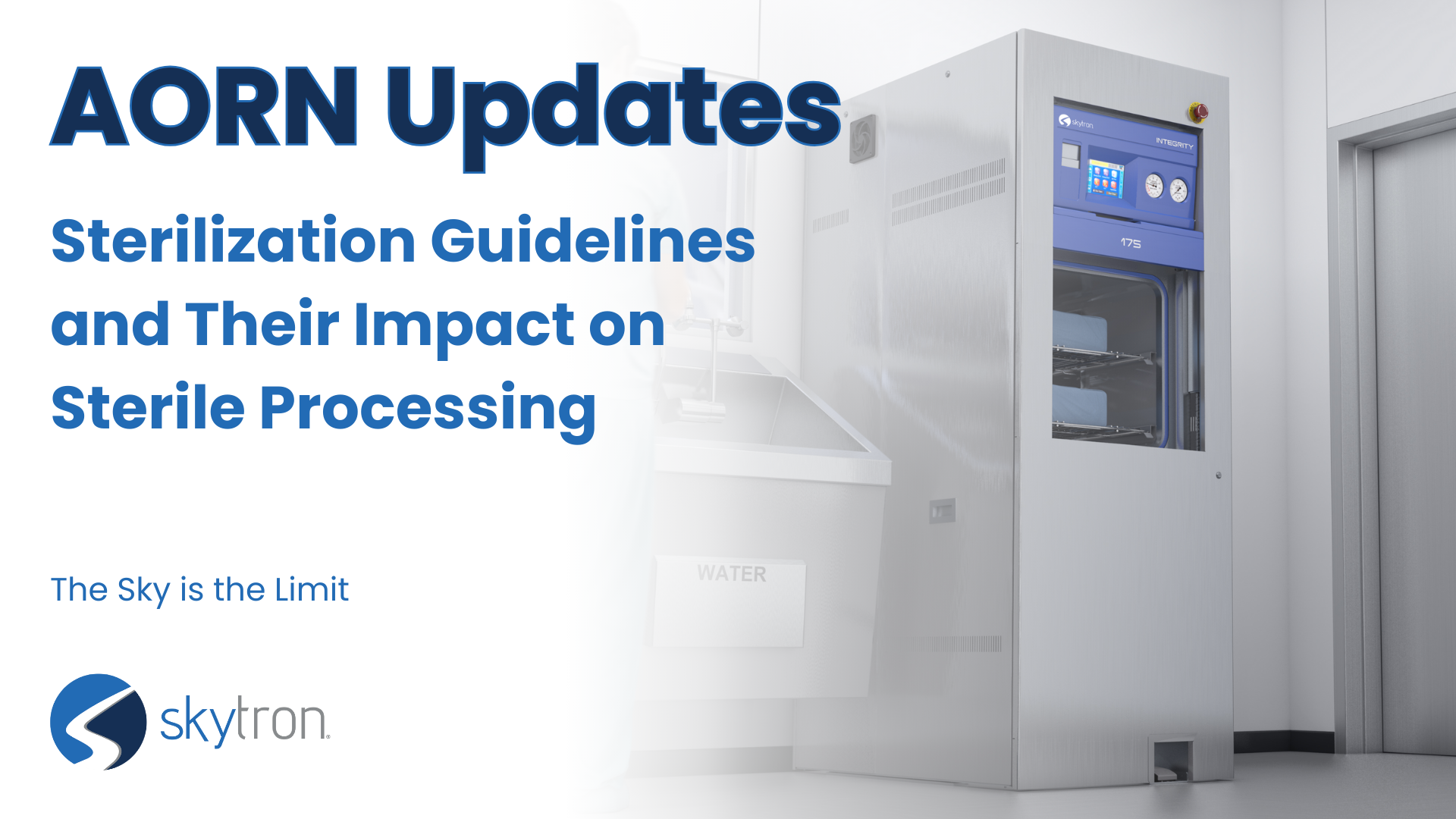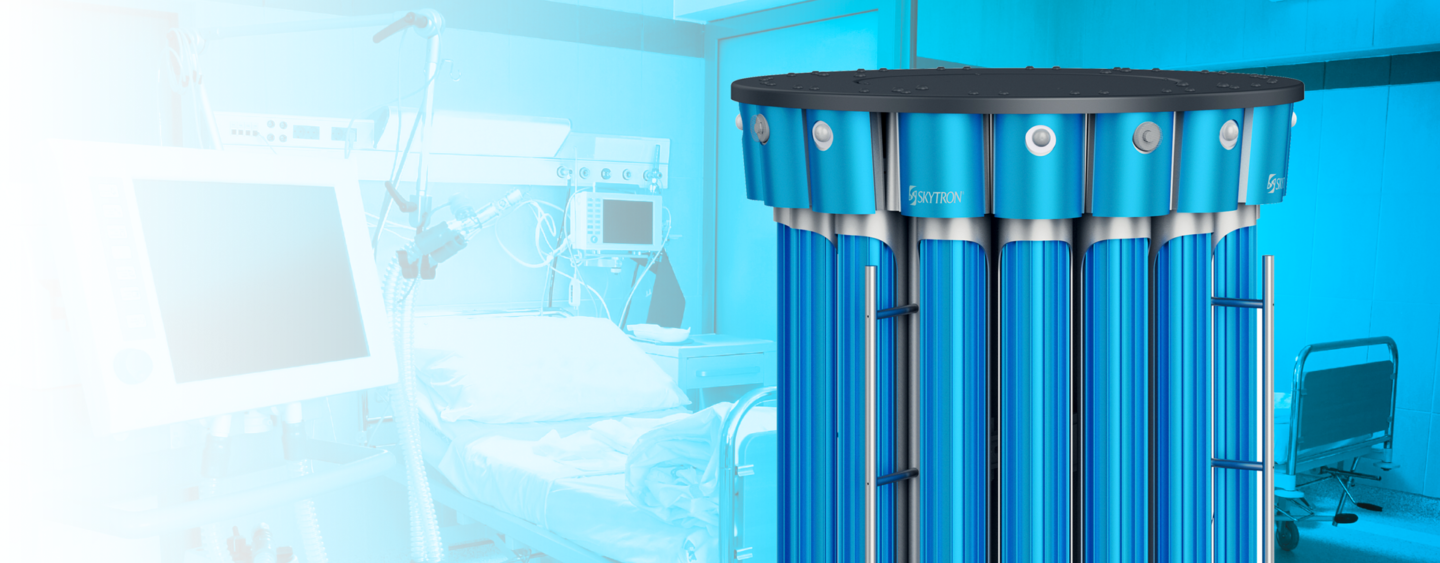
-
Written ByRebecca Kinney
-
PublishedSeptember 19, 2022
UV technologies have started to make dramatic waves across the world. In the form of multiple UVC disinfection units through innovative products that serve humanity on a higher level of safety than ever known to man before.
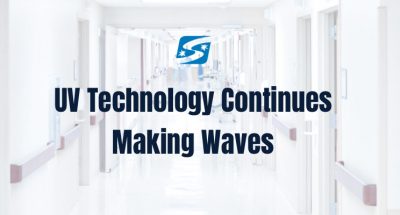
We are going to cover the reasons why this ultraviolet light is far more than a wavelength, how it’s being used to disinfect, and some of the areas people use it today.
Ultraviolet (UV) means “beyond violet” and refers to a range of electromagnetic waves with a shorter wavelength (higher frequency and energy) than visible violet light. These ultraviolet waves are used in healthcare and beyond. 1
We all know that we are surrounded by harmful viruses and superbugs, most times they are seemingly invisible to the naked eye. In acute healthcare, mental health facilities, ambulatory surgery centers, hospitals, and many other patient care arenas, it has never been more important to deploy the use of UVC disinfection on-site.
Studies have confirmed that UVC light is an effective addition to manual cleaning efforts and can kill harmful bacteria, viruses, and fungi quickly and efficiently. Exposure to UVC light for a specific length of time and intensity kills dangerous microorganisms. The American Journal of Infection Control notes that combining UVC technology with manual cleaning is one of the most effective ways to significantly decrease the pool of harmful bacteria, viruses, and fungi that cause HAIs (healthcare-acquired infections).
Traditional, manual hospital cleaning protocols are often insufficient in stopping the spread of bacteria, viruses, and fungi and leave room for error in technique and chemical application. With the use of UVC disinfection in hospitals or any facility, the correct germicidal dose is thoroughly delivered to all surfaces, lowering infection rates and costs.
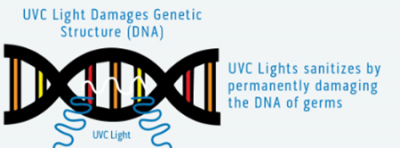
That said, how does UV kill microorganisms? We’re glad you asked, UV disinfection, also known as ultraviolet germicidal irradiation (UVGI) works by breaking down certain chemical bonds and scrambling the structure of DNA, RNA and proteins, causing a microorganism to be unable to multiply. When a microorganism is unable to multiply, it is considered dead since it cannot reproduce.
UV light is measured in nanometers (nm), and specific wavelengths are required to kill viruses and microorganisms. UVC energy is a wavelength range of Ultraviolet energy spanning 200-280 nanometers (nm). Take for example the Skytron UVC device that we represent. The UVC devices emit wavelengths at 253.7 nm, causing photochemical damage on a cellular level.
The UV spectrum is commonly divided into UV-A (wavelengths of 400 nm to 315 nm), UV-B (315 nm to 280 nm), and UV-C (280 nm to 200 nm). UV-C energy provides the most germicidal effect.2
Now that we have covered a few reasons why healthcare uses UVC disinfection, the types of UV, and the way it’s measured you have a good baseline understanding to work with. The truth is this; as humans we cannot disinfect every nook and cranny manually, we can’t reach every surface, and frankly who has the time to clean walls between patients? Think of UVC devices as your OCD Aunt Karen that comes into your house and always finds the one surface that is not sparkling clean, and she addresses it.
Lastly, UVC disinfection is not limited to healthcare alone. We’ve seen it used in airports, hospitality arenas, restaurants, and even Sheriffs’ departments/correctional facilities (see how we helped one correctional facility here). This technology has the ability to bring down infection rates in healthcare, protect our frontline officers and inmates, and even make your hotel stays less risky. What’s not to love?
Skytron offers the most extensive choices of UVC on the market, with ideal UVC disinfection systems to fill the need of any hospital, long term facility. With four UVC models to choose from, Skytron meets every need and every budget. Through effective, single-cycle, whole-room disinfection, Skytron UV delivers more power and efficiency, ensuring proper disinfection and increased staff workflow productivity.
Learn more about our solutions here UVC Disinfection Systems, Single-Cycle Whole Room | Skytron – Skytron, LLC
Citations



